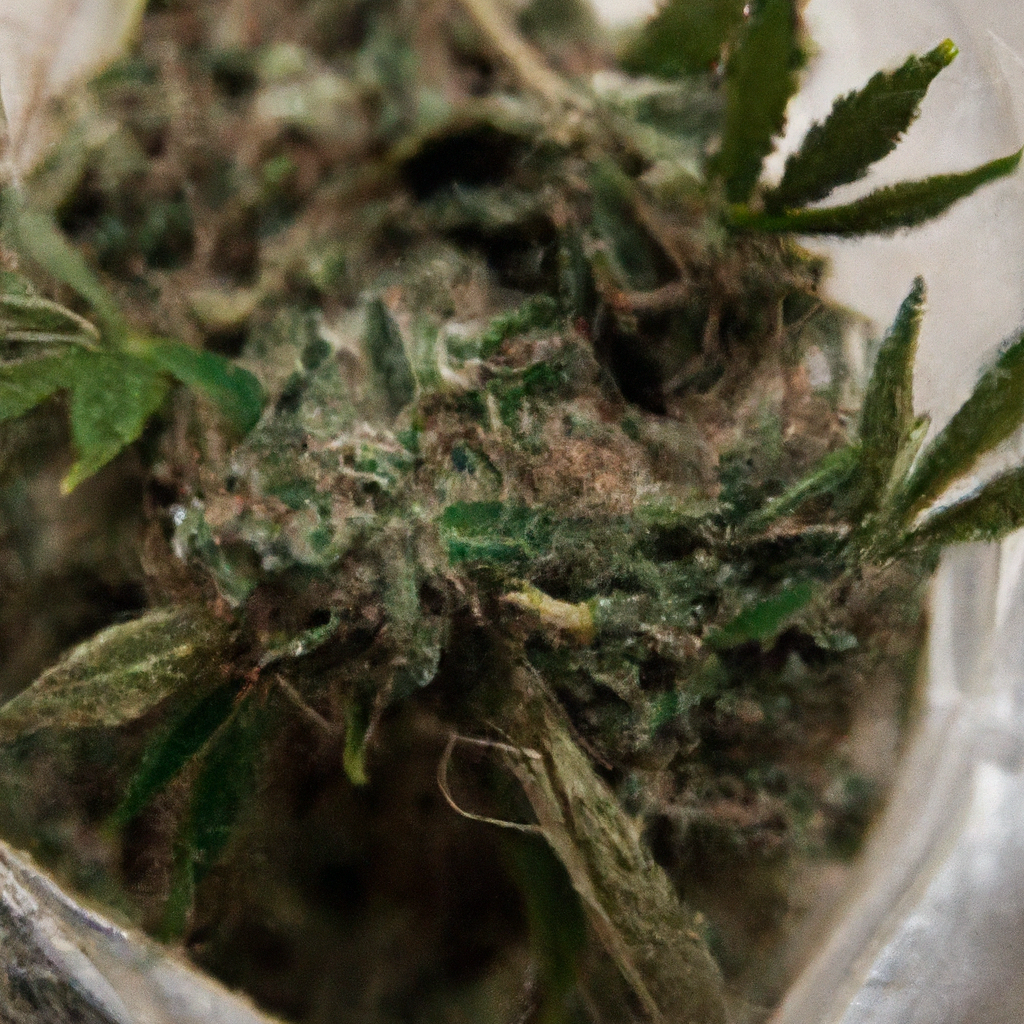John “Magic” Greenleaf
“Growing greatness, one strain at a time.”
Introduction
In the ever-evolving world of cannabis cultivation, there exists a mystical connection that many commercial growers might be overlooking: the symbiotic relationship between cannabis plants and mycelium networks. This underappreciated alliance offers more than just ecological benefits—it can significantly enhance the growth and resilience of cannabis crops.
The Hidden World Beneath Our Feet
Mycelium, often referred to as the “root” of fungi, forms an expansive network in the soil, acting like the internet for plants. This intricate network enhances nutrient uptake, water efficiency, and even increases resistance to pathogens.
Benefits of Mycelium and Cannabis Partnerships
- Nutrient Absorption: Mycelium effectively extends the root system of a cannabis plant, allowing better access to essential nutrients such as phosphorous and nitrogen.
- Water Retention: By improving soil structure, mycelium helps retain moisture, which is especially crucial in arid climates like Colorado.
- Pest and Disease Resistance: Mycelial networks produce enzymes and antibiotics that protect plants from soil-borne pathogens.
- Improved Growth Rates: The efficient nutrient and water management facilitated by mycelium can drastically improve plant health and yield.
Fostering the Partnership: A How-to Guide
To leverage the benefits of mycelium in cannabis cultivation, follow these steps to introduce and maintain healthy fungal networks:
- Select the Right Mycelium: Not all fungi form beneficial relationships with cannabis. Look for mycorrhizal inoculants that are suited for cannabis specifically.
- Integrate with Organic Soil: Mycelium thrives in organic, nutrient-rich environments. Avoid chemical fertilizers that can inhibit fungal growth.
- Optimize Environmental Conditions: Maintain optimal humidity and temperature to support both plant and fungi health. For mycelial growth, a balanced approach to watering is essential.
- Use Cover Crops: Planting cover crops like clover can support mycelium by producing symbiotic relationships and preventing soil erosion.
Conclusion
The magic of cannabis mycelium partnerships lies in their ability to transform cultivation practices sustainably. By embracing these underground allies, growers like John “Magic” Greenleaf can not only boost their yields but also contribute to a healthier ecosystem. In doing so, we respect the earth’s natural cycles, ensuring a future where both cannabis and the environment thrive.
Tags: Sustainability, Organic Cultivation, Environmental Control


Leave a Reply